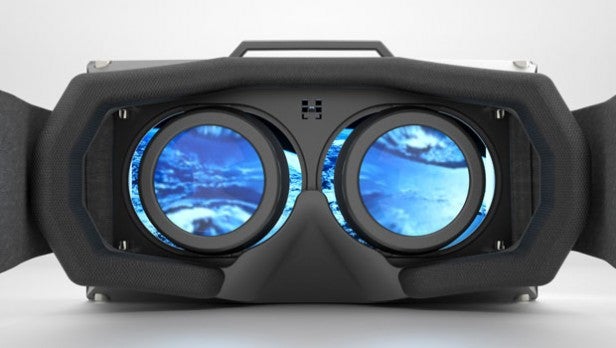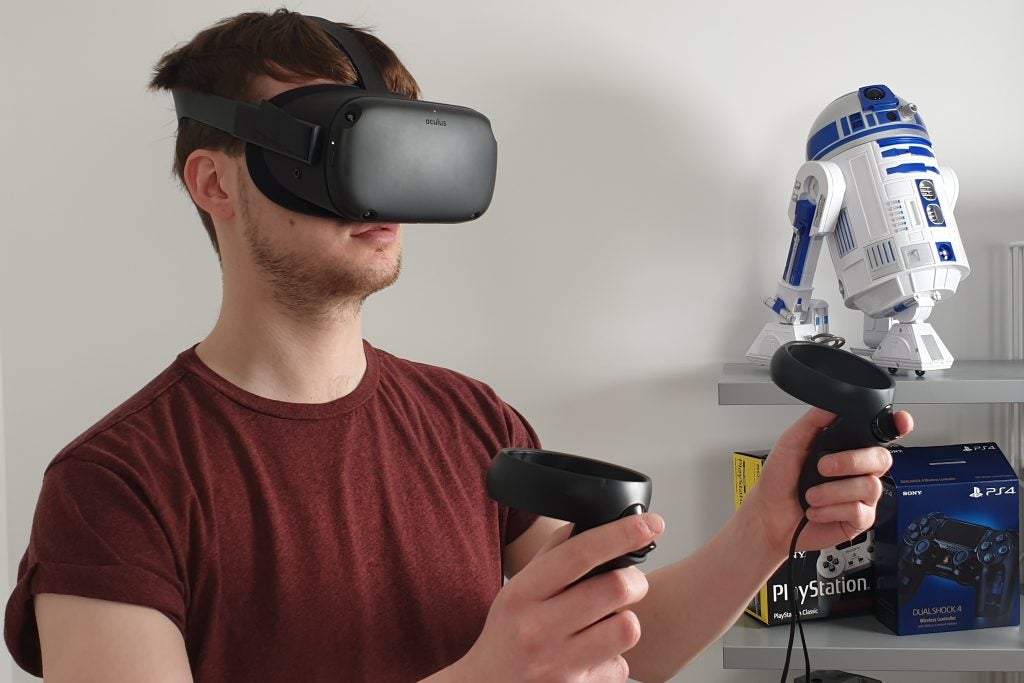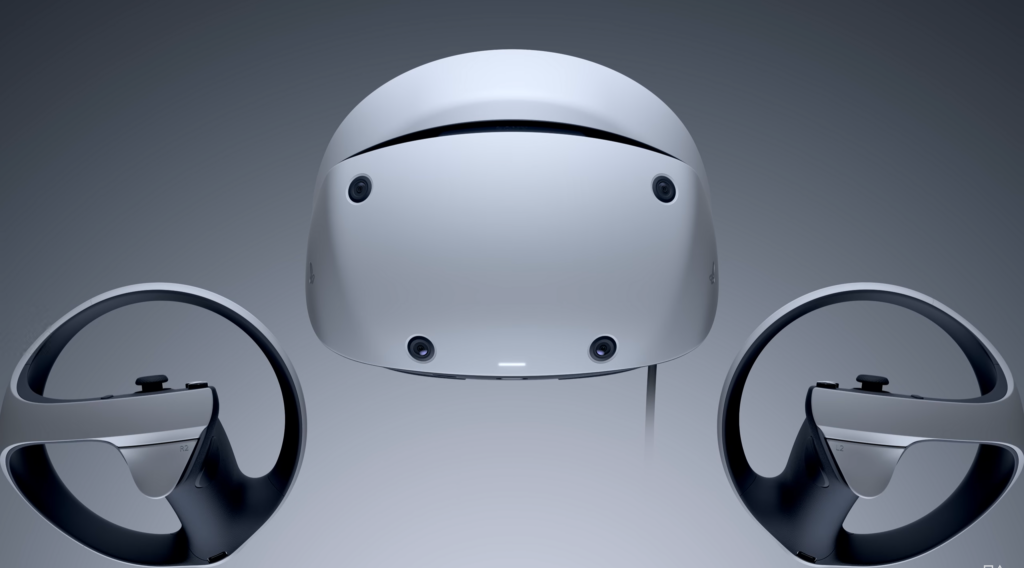What is virtual reality?

VR is becoming more popular each year, with more headsets on the market than ever before. But what is virtual reality exactly? Here is everything you need to know.
Virtual reality has taken the gaming and tech world by storm, with new releases such as the PlayStation VR 2 and Meta Quest Pro.
Read on to find out everything you need to know about virtual reality and how it can impact your gaming experience.
What is VR?
As you may already know, VR stands for virtual reality. Virtual reality is what it sounds like. It is a virtual world that does not exist in reality, but is created by computers and can be experienced using a VR headset.
VR headsets allow users to be put into a 3D simulated reality. Usually, users will be able to look around at 360-degrees and even interact with the virtual environment and move around the room. However, that is not the case with all VR headsets and experiences.
Virtual reality headsets use stereoscopic displays to immerse you in the simulated world, with many coming with controllers that allow you to see your hands in front of you and interact fully with whatever simulated elements are in the virtual experience.

The display is split between your eyes and should create a believable experience, with the overall goal aiming to align the user’s head and eye movements with the changes in the virtual world to create an illusion of an alternative reality.
Depending on what VR headset you’re using, and what experience you’re trying to recreate, VR can be used to create simple experiences, such as looking at a 360-degree photo, or more complex experiences, such as games and interactive films.
It’s important to note that VR (virtual reality) is not the same as AR (augmented reality), which stands for augmented reality. AR is when virtual images and simulations are overlaid into real environments, with Pokémon Go being one of the most popular examples.
What VR options are out there?
We will run down a couple of the VR options out there, although we do recommend checking out our Best VR Headset list to see all the best options currently on the market.
- Oculus Quest
- Meta Quest 2
- Oculus Go
- Pico 4
- PlayStation VR
- PlayStation VR 2
- Vive Pro 2
- Vive Cosmos
- Vive XR Elite

It’s important to remember that each VR headset will provide a different experience, since it will be impacted by the price of the headset, how many sensors are needed and the resolution of the screen, among other things.
VR jargon to watch out for
For anyone who’s unfamiliar with virtual reality, you will want to understand what the specs mean before you commit yourself to a new headset. Look below to find out the most commonly used words associated with VR and what they mean.
Resolution: Since VR headsets can come with two screens (one for each eye) you may see that some headsets come listed with two resolutions. One will relate to the resolution of the individual screen and one if the combined resolution of the screen.
For example, the Oculus Rift and HTC Vive both have two 1200 x 1080-pixel OLED displays.
As with most things, the higher the resolution, the better the picture will be. Plus, since the headset is sat so close to your eyes, you may notice the individual pixels more than on a phone or TV screen.
Field of view: Many of the companies putting out VR headsets will make a big deal out of their respective device’s field of view. Most will be around the 100 degrees mark. To put that in context, humans are capable of perceiving up to 180 degrees horizontally without moving their eyes.
When it comes to VR then, the bigger the field of view, the more immersive and realistic an experience you’ll get.
Refresh rate: Essentially, this is the number of frames per second the screen will display. When it comes to VR, refresh rate is even more important as a higher rating helps to keep visuals looking smooth. Jittery images can cause motion sickness.
So whereas a monitor with a 60Hz refresh rate will look fairly smooth, when it comes to a headset that’s trying to create a sense of virtual reality, a higher rate means a better experience. Anywhere from 90 to 120Hz will make for a smooth and immersive VR excursion.








